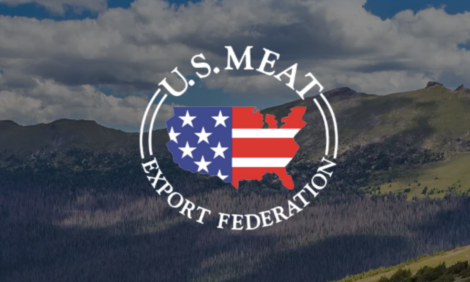



New Information on Multi-animal Pathogen
US - Streptococcus agalactiae (also called Group B Streptococcus, or GBS) is a versatile pathogen that affects a variety of animals. Now studies by Agricultural Research Service (ARS) scientists and their university colleagues are revealing new information about this pathogen.The symptoms of GBS vary from animal to animal. In cattle, GBS is associated with mastitis, a painful udder inflammation that costs the U.S. cattle industry about $2 billion annually. In farmed and wild fish, the bacteria can cause meningo-encephalitis, which is accompanied by swimming difficulty and hemorrhaging.
To learn more about the emergence and transmission of GBS, scientists with the ARS Aquatic Animal Health Research Unit in Auburn, Ala., and Chestertown, Md., compared GBS samples, or "isolates," collected from infected fish, dolphins, cattle and humans. The study was led by ARS aquatic pathologist Joyce Evans in Chestertown.
The scientists collected the genetic material from several fish species in the United States, Latin America and the Middle East; a bottlenose dolphin in Kuwait; humans and cattle in North America, and humans in Japan.
The scientists used a technique known as multilocus sequence typing (MLST) to examine similarities and differences between the genes of the GBS isolates. This was the first study to apply the technology to GBS isolates from aquatic animals.
During characterization of the GBS isolates, the scientists discovered a previously unknown serotype in fish isolates from Kuwait, Brazil, Israel and the United States. This particular serotype had been found in some cattle and human GBS isolates, although it had never before been observed in fish or dolphin GBS isolates.
Using MLST data, Evans and her colleagues also discovered five previously unknown sequence types that were genetically unrelated to any known GBS sequence types. These novel genetic, serotypic and phenotypic strains will be explored for genes, unique antigens or virulence factors that may be involved in inducing protective immunity, and therefore could be potential candidates for superior vaccine efficacy against GBS in cattle and fish.
This research was published in several scientific journals between 2006 and 2009, most recently in the November 2008 issue of theJournal of Medical Microbiology and the May 2009 issue of Emerging Infectious Diseases.
TheCattleSite News Desk


